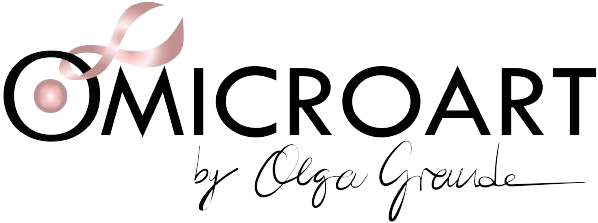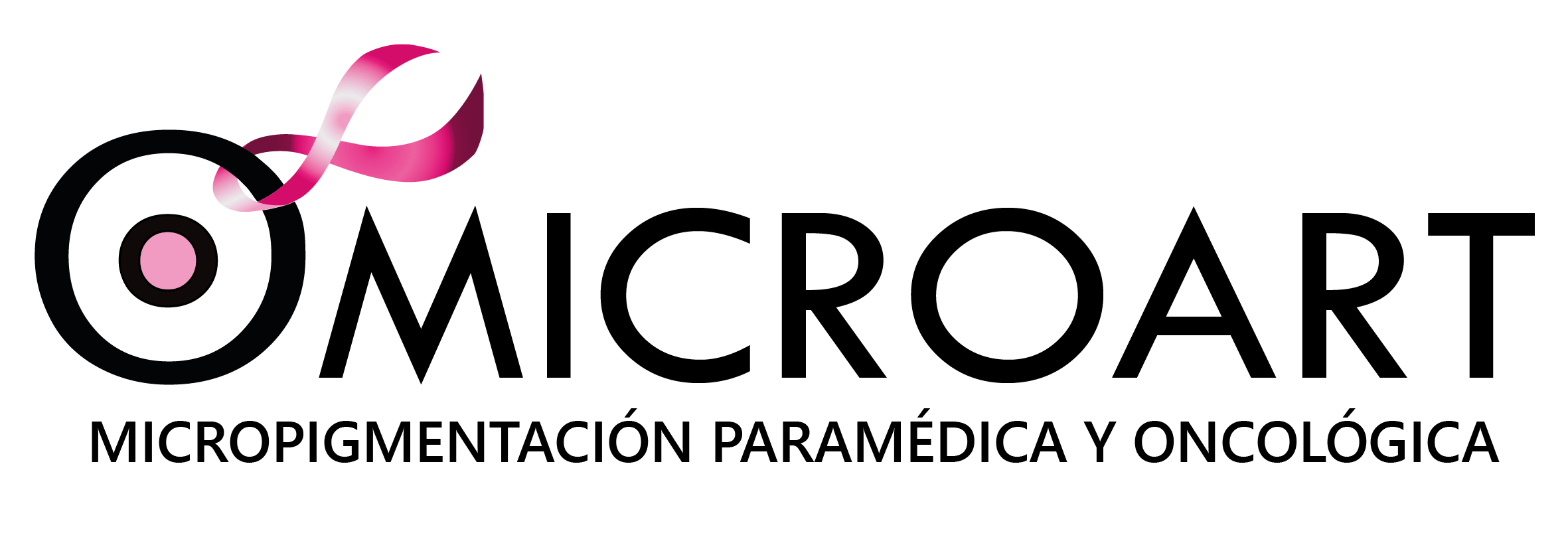Scar treatment: effective strategies for skin recovery
More than 30% of the world’s population has at least one scar somewhere on their body, according to data from the pharmaceutical magazine Offarm.
Some of these go unrecognised, while others, in addition to being visible, cause some discomfort or difficulties in patients’ day-to-day lives.
Although for many it may be superficial, scars are often permanent alterations to the skin that can cause pain, mobility problems and even affect your self-esteem.
In this article, we explain various types of scar treatment, focused on reducing scars as much as possible, as well as reducing the impact they have on the life and health of patients.
Types of scars
There are different types of scars and it is important to be able to identify them, in order to define the appropriate treatment, as each patient may have a particular condition:
Keloid scars
It is characterised by being very lumpy and very hard to the touch, which is produced by an excess of collagen in some cases and extends beyond the area where the wound is located, very common among women and young people, as well as in some cases it can cause intense itching and burning.
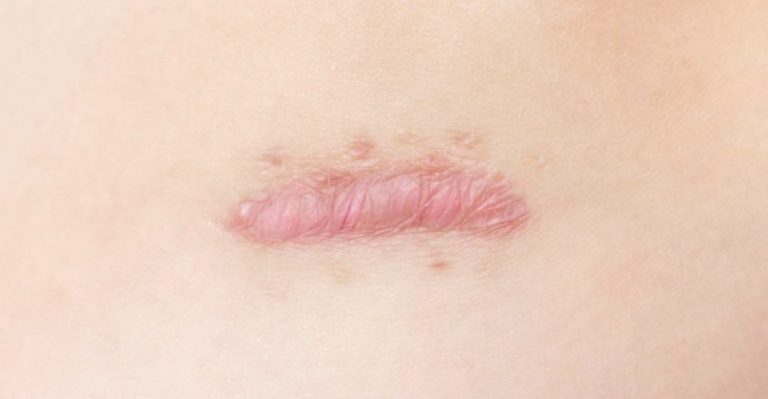
Hypertrophic Scars
These are elevations of tissue that, in most cases, are above the skin’s surface, and like keloids, they can cause itching and burning. Their color can also be intense red or purple. This type of scarring is a result of an improper healing process.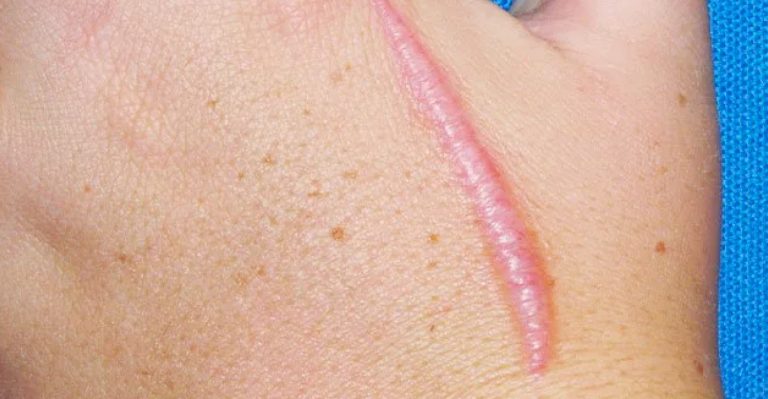
Atrophic Scars
In contrast to hypertrophic scars, these are below the skin’s surface, meaning they are pits or small depressions caused by acne or smallpox. Their main characteristic is that the injury prevents the skin from producing enough collagen.
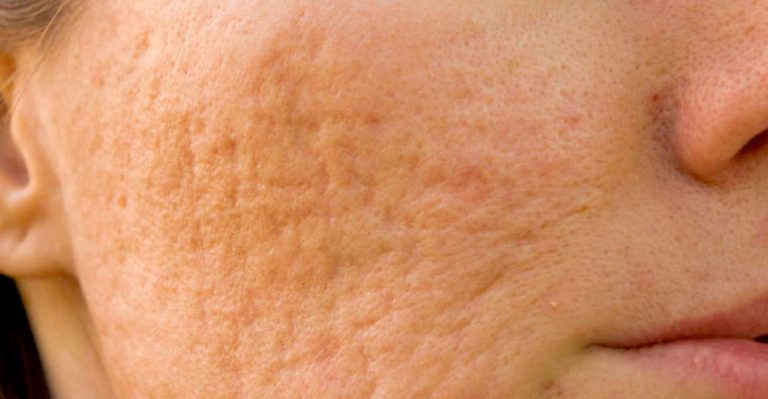
Normal or Normotrophic Scars
These are wounds that regenerate quickly, leaving only a thin line or subtle mark on the skin, sometimes with a slight change in skin tone, either white or reddish.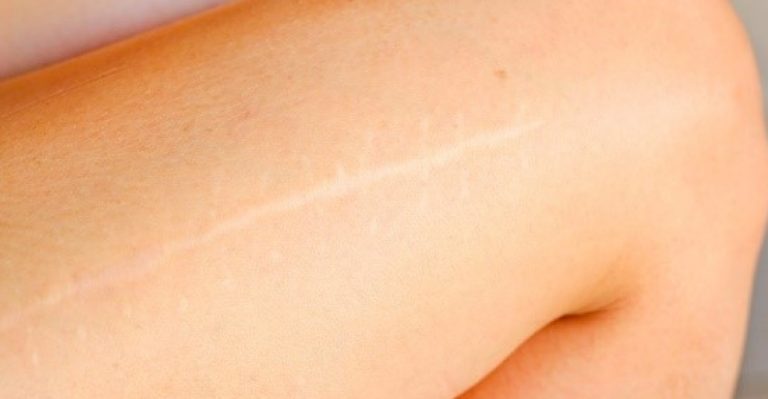
Contractures
Burns can result in this type of scars due to tissue contraction, leading to deformities in the affected area.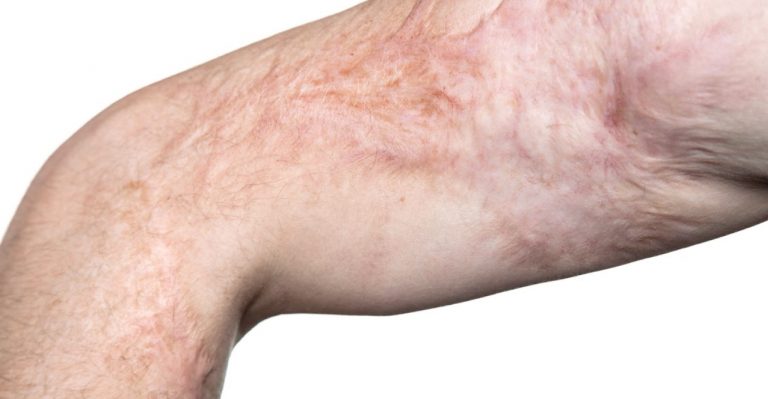
Treatments for Scars
There are various treatments to reduce and/or eliminate scars, each with its own set of results and potential adverse reactions. At this point, receiving the proper diagnosis is crucial.
From topical treatments to medical therapies and even surgical procedures, these are some of the techniques available for treating scars, especially more severe ones.
It is essential to consult with technical and specialized professionals to recommend the most suitable treatment and minimize the chances of adverse reactions on your skin, thus avoiding permanent damage.
| Treatment | Administration | Results | Adverse Reactions |
| Surgery | Excision of excess mass | Recurrence risk 45-100% (+ corticosteroids or RT) | Infection, seroma (excess serum) |
| Laser | Burns through light absorption | Depends on the type of laser | Pain, erythema of surrounding skin |
| Corticosteroids | Injection | Success 50-100% Recurrence risk 9-50% | Cutaneous atrophy, hypopigmentation, necrosis, ulceration, telangiectasia (spider veins) |
| Pressure | Bandages and compressive garments (burns) | Flattens and softens 65-75% | – |
| Silicone | Sheets or gel | ↓Volume and ↑elasticity 60% | Mild local erythema |
| Radiotherapy (severe scars) | Radiation (2nd choice treatment) | Good when combined with surgery 76% | Carcinogenesis, not indicated in children |
| Polyurethane | Dressings, hydroactive patches | ↓Color and thickness 95% | – |
| Cryotherapy | Cold burns | Success in 51-76% | Pain, discoloration, moderate cutaneous atrophy |
| Microneedling / Micropigmentation | Micropunctures | Post-inflammation, bruising scab |
Micropigmentation to Eliminate or Conceal Scars
Through the application of color pigments on scars, it is possible to achieve a tone almost identical to the surrounding skin, producing nearly immediate results.
In cases where there is not a significant difference in color compared to the healthy surrounding skin, we recommend the microneedling technique, capable of improving the appearance of the scar. It stimulates the production of collagen and elastin, significantly enhancing the skin’s appearance, quality, and pigmentation.
For further information, you can read the article [Micropigmentation to Improve the Appearance of Stretch Marks](https://omicroart.com/micropigmentacion-mejorar-aspecto-estrias/).
Micropigmentation of scars is an innovative technique that is non-invasive and painless, allowing a notable improvement in the appearance of any scar.
It’s important to note that while tattooing and micropigmentation share the same goal, the inks, devices, and even the techniques themselves are different.
At Omicroart, we have extensive experience in scar camouflage through tattooing or micropigmentation, without pain, inflammation, or anesthesia, achieving exceptional results in a very short time.
Care After Treatment
Pharmaceutical experts recommend certain care measures to prevent complications or disruptions in the healing process after treatment. These include avoiding prolonged sun exposure, not manipulating the treated area, and minimizing contact with water.
At Omicroart, we recommend:
- During the first 48 hours, it’s essential to keep the dressing and apply dry cold for at least 5 minutes in case of inflammation.
- Avoiding physical exercise during the first 7 days after treatment.
- Keeping the area clean and hydrated with the scar-healing cream recommended by the specialist 2 or 3 times a day and always keeping the area clean and dry.
- Avoiding sweat and prolonged exposure to water, sauna, pool, or beach.
- Refraining from scratching, rubbing, or removing the skin crust.
- Avoiding direct sun exposure to the treated area.
- Applying only the cream provided by the specialist.
- Maintaining a balanced diet rich in proteins
